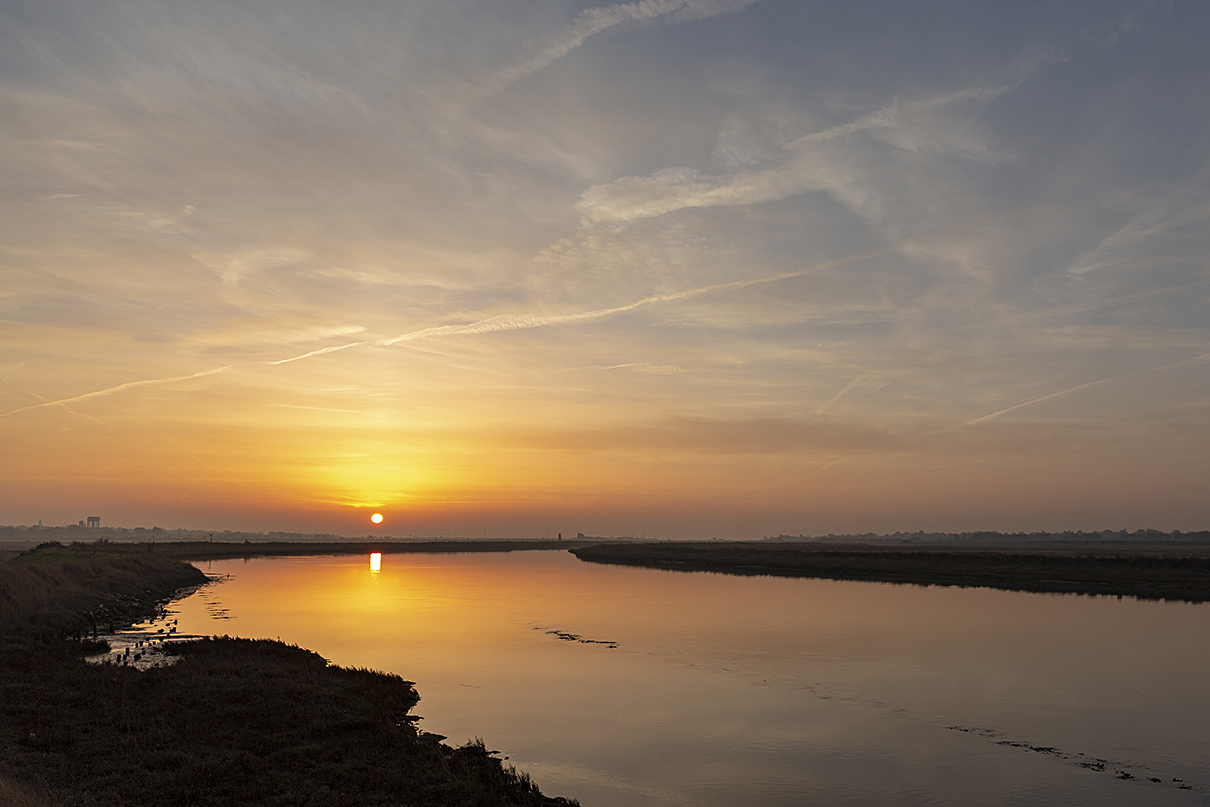A magical and unexpected gift from the river.
Read MoreWriter Matt Gaw, desperately seeking otters at Hen Reedbeds, February 2019
In search of river ghosts with Matt Gaw
Signs of otter are everywhere at the Suffolk Wildlife Trust’s Hen Reedbeds. Determined paw prints pressed sharp and clear in the soft mud. Spraint in strategic places along the river wall. Slinking slides through the long grass into the safety of the channels and pools deep within the reedbeds. I’ve been lucky enough to visit the reedbeds many times, but I’ve only ever seen an otter once. That one, breathtaking sight and constant messages from an otter’s world has kept me looking ever since.
It was dusk when I saw the otter. Just a few moments before, I’d watched a water vole chopping through irises to gather material for its nest and also witnessed a bittern ward off a marsh harrier, so the sight of a bow wave followed by the noble head of an otter was almost unbelievable. Slicked-back fur, keen, bright eyes, and grappling with a fish. The light was fading fast but I could clearly hear the contented lip-smacking and crunching of fish. Electrifying.
It was a photograph of otter tracks I’d shared through twitter that sparked a thought in my friend Matt Gaw’s mind - we’d try and catch sight of these river ghosts together. Matt is a wonderful naturalist and is also the editor of Suffolk Wildlife and author of The Pull of the River: A Journey into the Wild and Watery Heart of Britain. His writing is sensitive, deeply perceptive and beautifully lyrical. I like to think he’s Suffolk’s Robert Macfarlane but more rock and roll. Otters also hold Matt under their spell.
You can read Matt’s wonderful account of our magical morning at Hen Reedbeds in the April 2019 edition of Suffolk Magazine (Issue 225, pp 56-59). Spoiler: we didn’t see an otter, but we were fairly sure they’d seen us…
The tide creeps slowly into the creek
Very fresh tracks left by our river ghost…
Matt Gaw on the lookout for otters.
Sunrise brings no sight or sound of otter.
You can read Matt Gaw’s wildlife diary in Suffolk Magazine
Contrail reflection
Contrails, like constant traffic rumbles and roars, are things we tend not to notice. Our brains are brilliant at blocking out extraneous noise. I love a sunrise and a sunset but, almost without exception, they are marked by contrails. We often take these marks for granted, we don’t notice them anymore. This morning, I caught a reflection of a plane in a still puddle of water on the estuary. A straight, purposeful line in the mud and water.
Feeling, seeing. And not wanting to see.
Going out alone to the estuary with my camera always teaches me something, and gives me the space, solitude and time to feel what I see.
I see constant change but also no change at all. I see ever-changing light, patterns, colours and reflections. I see the little tracks and signs left behind by birds and, if I’m really lucky, the determined paw prints of an otter. I see much life, and I am also shocked sometimes by the evidence of suffering. Feathers scattered, red flesh on bones exposed. Despite my empathy and sadness, I am reminded of how this loss can also create and sustain life for others.
The estuary and its wildlife helps me to understand what is important. It also sometimes terrifies me. What if all this life is lost? I become paralysed by the feeling of not being able to do anything. I feel ashamed of my ability, one that has been taught and constantly reinforced by societal values and behaviours, to ignore or, at best, push aside what is truly important.
It makes me ask what on earth are we doing? What fantastic excuses have we invented to justify living and working in the unethical, unsustainable way that many of us do. How have we come to accept that it’s okay to take far more from the earth, its wildlife and people, than is fair or sustainable simply for power, status and economic growth?
I admire the clarity of thought and purpose of Chris Packham, George Monbiot, Kate Raworth and Greta Thunberg. These brave, inspired, forward-thinking people, along with many others, are offering new models for a fairer, more ethical and sustainable future. I can at least try to do my bit by making my home and garden welcoming for wildlife. I can also think about what I buy and where I buy it, about what I eat, and what I need and what I really don’t. There’s much more I can do to lessen my personal impact on the environment and try to improve it.
Photography is a way that I can try to express just some of the sheer joy and wonder that this incredibly beautiful, precious planet with its complex, interconnected life, gives me. It allows me to see a little bit deeper, and can also help simplify things, just for a moment.
A flock of lapwings (or ‘peewits’) fly across the estuary at sunrise
Peewit sunrise
Sunrise is my absolute favourite time of day. I am very good at sleeping, and very bad at getting up, but when the weather is forecast to be clear, frosty, foggy or snowy, and I have time to get out before work, then I force myself out of bed early. It’s always worth it.
These tiny dots are a flock of lapwing (honest!). Due primarily to habitat loss, these lovely birds have declined in population by 80% since the 1960s. It is absolutely vital that we leave space for wildlife so that future generations can experience the thrill and pure joy of the wild.
Last May, I traveled to the Isle of Mull and camped next to a beach on the west coast. The neighbouring field was covered with wild yellow irises and beeped to the sound of peewits early in the mornings. The lapwings sounded like a convention of robots, a gathering of R2D2s, chatting away. It was a surreal and quite wonderful experience. The thought of these pure voices being silenced one by one is simply too unbearable.
Pear-fect starlings
Starlings. I love them. They are beautiful, characterful little birds in their own right, but when they join together to create their winter murmurations, they are truly stunning. I have been very lucky to regularly watch a murmuration at my local reedbeds, but over the past few weeks they’ve moved south and are now gathering over Walberwick and Dunwich. This lovely little group formed an almost perfect pear-shape this evening. If you haven’t had chance to watch a murmuration yet, I urge you to. It’s magical.
Golden birch leaves at RSPB Minsmere
Gold grows on trees...
Every time I visit RSPB Minsmere, I can’t help feeling a little thrill that the BBC Springwatch team made this jewel of a reserve their home for three consecutive watches. I love the Springwatch and Winterwatch programmes as they combine brilliant talent (Chris Packham, Michaela Strachan et al) with proper science, gorgeous sound and camera work and super storytelling to create fabulously entertaining shows.
So, once I’d thrown my arms out wide and announced, ‘welcome to Springwatch!’ loudly in the car park, I headed off for a walk. The woods were strangely quiet, and other than a pheasant, some blue tits and a blackbird throwing around fallen leaves on the hunt for insects, there wasn’t much about to hear or see. However, the woods at this time of year are lovely. They reveal all their sculptural beauty, and just a few golden birch leaves remain to light the canopy with bright buttons of gold.
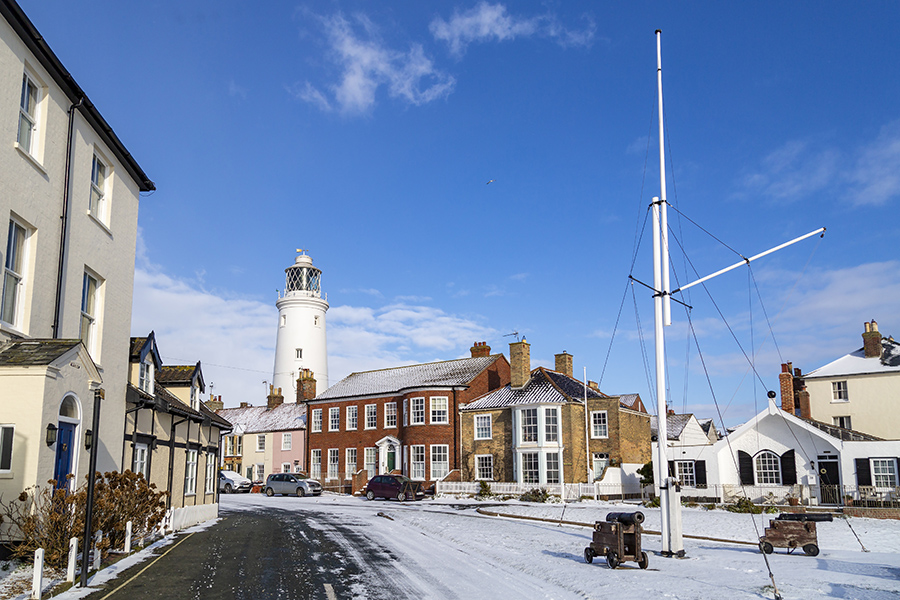
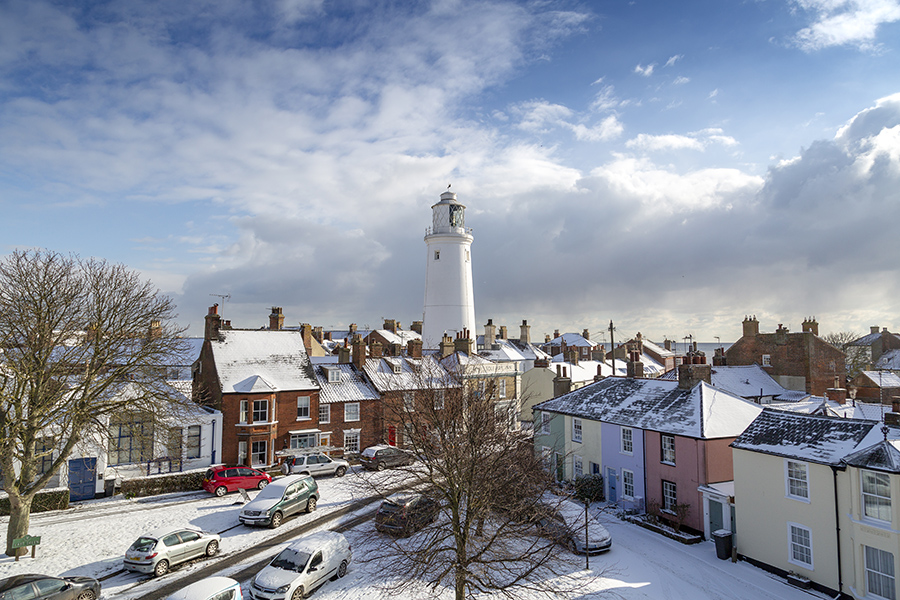
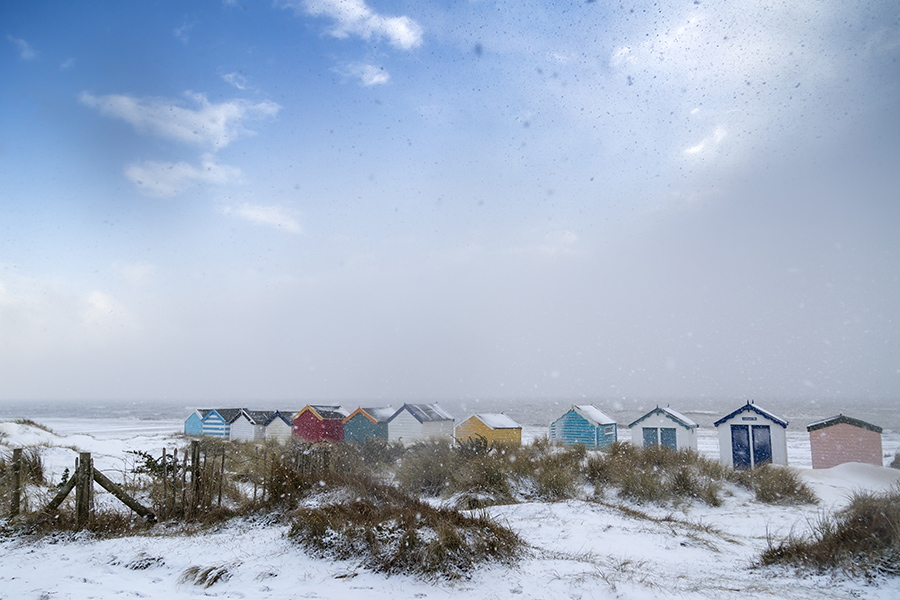
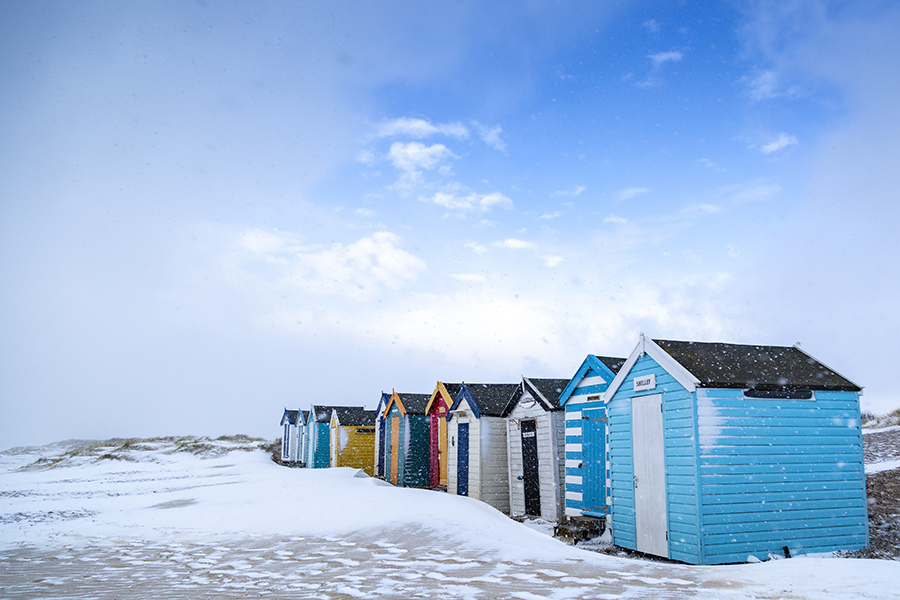
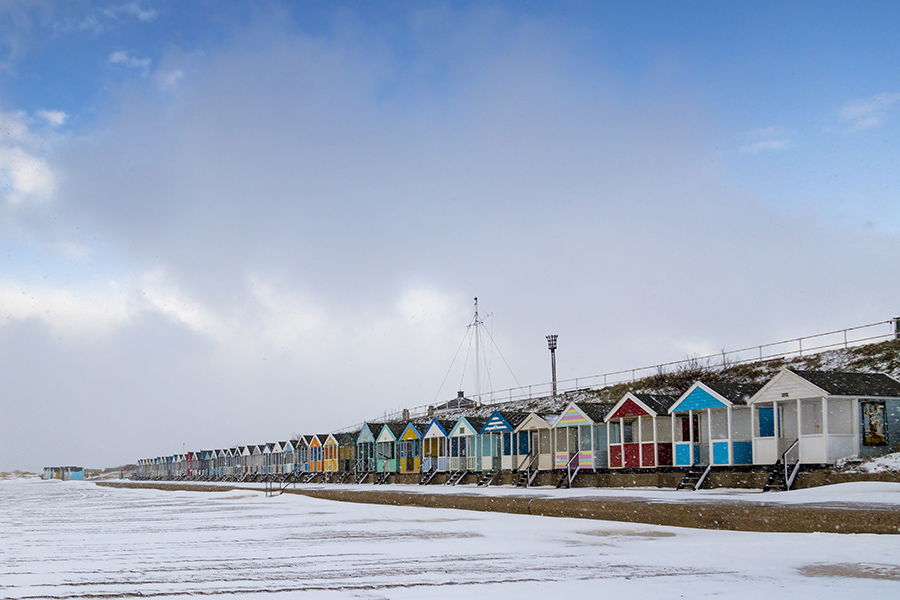
Southwold Winter cards
‘Southwold Winter’ greetings cards are now available at The Village Store, Wangford and Chapmans of Southwold. Each pack contains 5 cards each with a different snowy Southwold scene left blank inside for your own message. A very big thank you to Neil and Jean from The Village Store, Wangford, and to Clare and Pete at Chapmans of Southwold for giving them a go. The Village Store also has a some photographic prints available, too - please pop in or give Neil a call for more details.
The overall Judges and Public vote winners with sponsors
Suffolk Wildlife Trust Photographic Competition
A huge well done to all the winners and runners up in this year’s Suffolk Wildlife Trust Photographic Competition. This is the third year that I’ve been lucky enough to help judge this amazing competition and each year the entries get better and better.
The competition is managed by Michael Strand at Suffolk Wildlife Trust, and this year my fellow judges were Cathy Smith from Suffolk Wildlife Trust and professional photographers Steve Hedges and Kevin Sawford. What is always so interesting for me is listening to the thoughts and opinions of other judges - it helps me understand how others see images and the thought processes that help inform their individual judgement. Listening to discussions about compositions, sharpness, the technicalities of achieving certain shots all add to my understanding of this fascinating subject. It is a complete pleasure to be able to take part.




